Understanding Japanese Etiquette
Japan's rich cultural heritage is deeply rooted in respect, harmony, and consideration for others. Understanding Japanese etiquette isn't just about following rules—it's about appreciating the values that shape daily interactions and showing respect for a culture that prizes social harmony above individual expression.
The Foundation: Respect and Harmony
Japanese society operates on the principle of wa (harmony), where maintaining group cohesion and avoiding conflict takes precedence over individual desires. This underlying philosophy influences everything from business meetings to casual conversations, making etiquette an essential part of social interaction rather than mere politeness.
Essential Greetings and Bowing

Do:
- Bow when meeting someone, with deeper bows showing greater respect
- Use appropriate greetings like ohayou gozaimasu (good morning) or konnichiwa (hello)
- Return bows with similar depth and duration
- Remove hats when bowing indoors
Don't:
- Offer handshakes unless the other person initiates
- Pat someone on the back or shoulder while greeting
- Bow too casually in formal situations
- Forget to bow when receiving business cards or gifts
Business Card Etiquette

The exchange of business cards (meishi) is a formal ritual that deserves special attention. Receive cards with both hands, study them briefly, and place them respectfully on the table during meetings. Never write on someone's business card in their presence or stuff it carelessly into your pocket.
Dining Etiquette
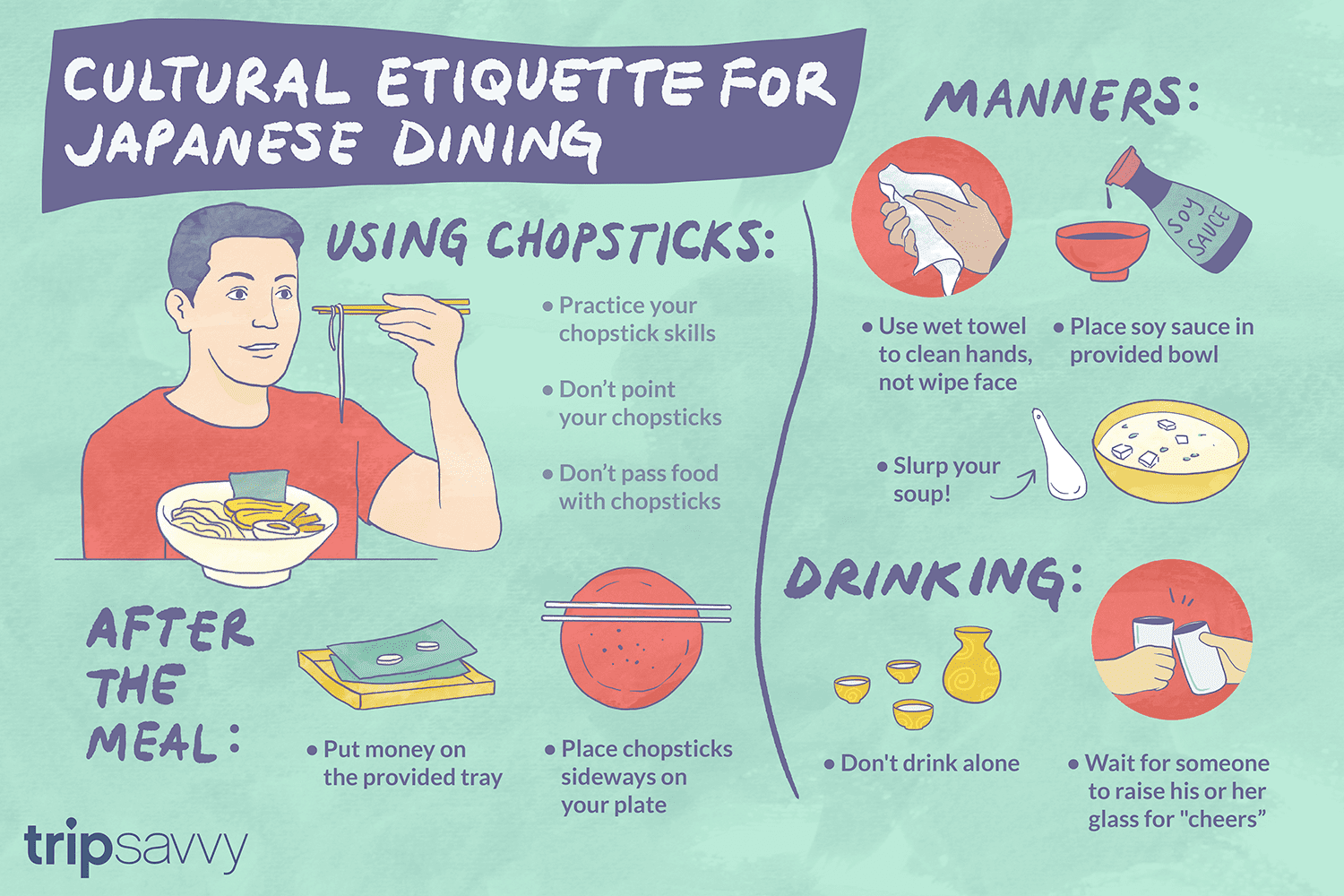
Japanese dining customs reflect deep cultural values around gratitude and respect for food.
Do:
- Say itadakimasu before eating and gochisousama after finishing
- Hold your rice bowl close to your mouth when eating
- Slurp noodles—it's actually considered polite and shows appreciation
- Wait for the eldest or most senior person to begin eating
Don't:
- Stick chopsticks upright in rice (this resembles funeral rituals)
- Pass food directly from chopsticks to chopsticks
- Point with your chopsticks or wave them around
- Waste food, as it's considered disrespectful
Public Transportation Manners

Japan's efficient public transportation system operates on unspoken rules of consideration.
Do:
- Queue orderly and allow passengers to exit before boarding
- Give priority seats to elderly, pregnant, or disabled passengers
- Keep conversations quiet and phones on silent
- Remove your backpack and hold it in front of you in crowded areas
Don't:
- Eat or drink (except water) on most trains
- Talk loudly on your phone
- Block doors or rush to grab seats
- Apply makeup or groom yourself extensively
Gift-Giving Traditions
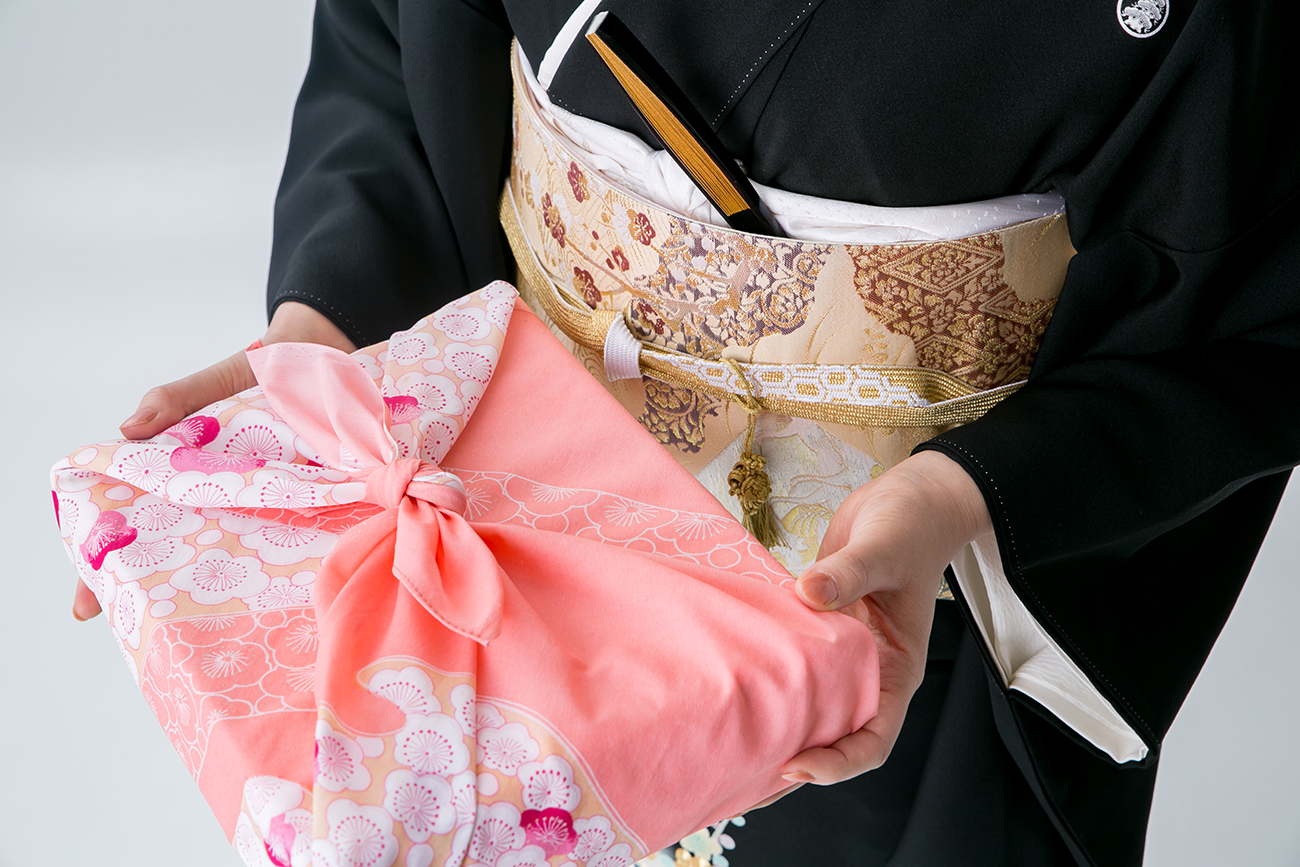
Gift-giving (omiyage) is deeply embedded in Japanese culture, especially when traveling or visiting someone's home.
Do:
- Bring small gifts when visiting someone's home
- Present gifts with both hands and a slight bow
- Wrap gifts beautifully—presentation matters enormously
- Express gratitude when receiving gifts, even if you don't open them immediately
Don't:
- Give gifts in sets of four (the number sounds like "death" in Japanese)
- Expect gifts to be opened immediately in your presence
- Forget to bring small souvenirs for colleagues after traveling
- Give overly expensive gifts, which can create obligation
Shoes and Indoor Customs
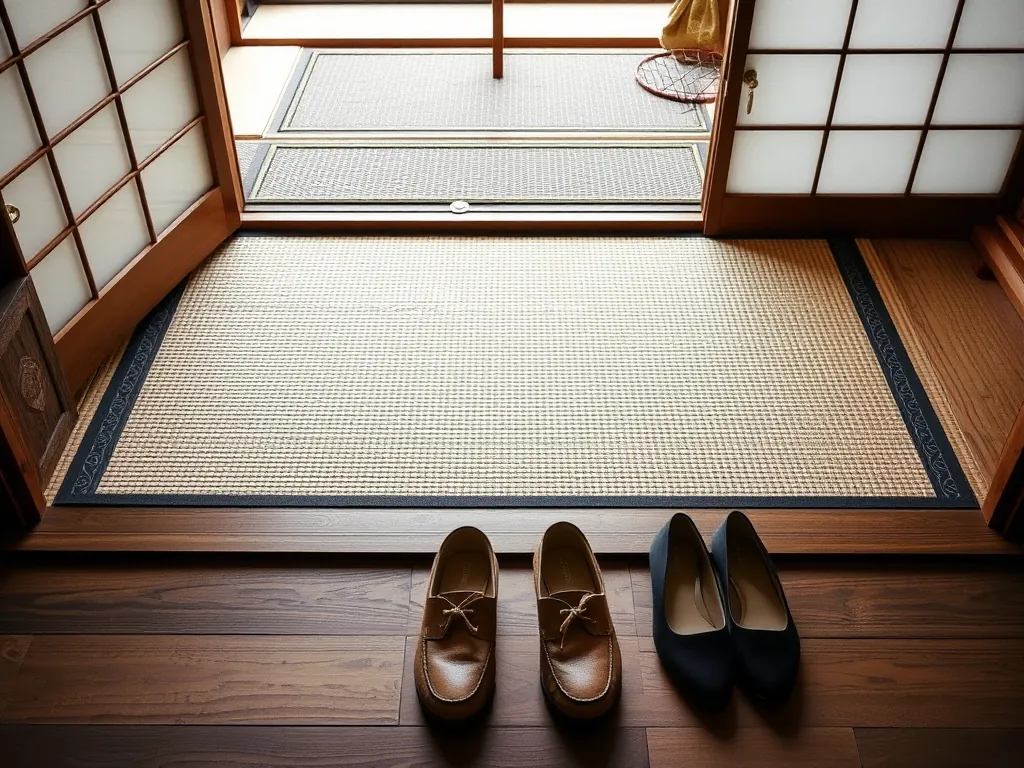
Removing shoes indoors is fundamental to Japanese cleanliness customs and shows respect for living spaces.
Do:
- Remove shoes when entering homes, temples, and traditional restaurants
- Arrange shoes neatly pointing toward the exit
- Wear clean socks or bring indoor slippers
- Change into special toilet slippers when using restrooms
Don't:
- Walk on tatami mats with slippers
- Wear outdoor shoes indoors
- Step on the threshold when entering
- Forget to change back from toilet slippers
Communication Styles
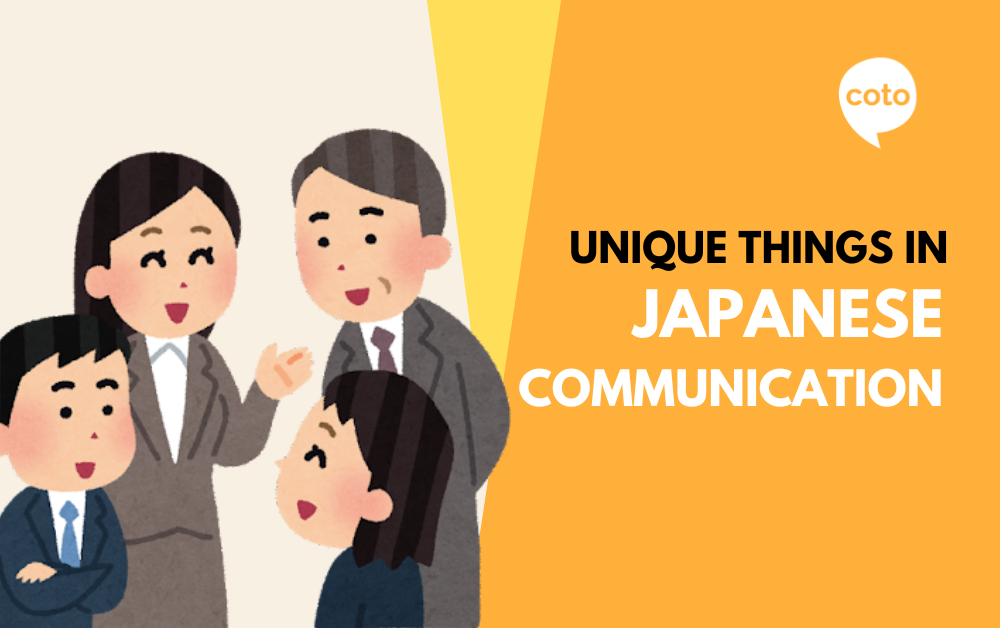
Japanese communication often relies on subtlety and reading between the lines.
Do:
- Listen more than you speak
- Pay attention to non-verbal cues
- Use humble language when referring to yourself
- Allow for comfortable silences in conversation
Don't:
- Interrupt others while they're speaking
- Be overly direct or confrontational
- Raise your voice or show frustration publicly
- Assume silence means agreement
Navigating Social Hierarchies
Understanding Japan's hierarchical social structure helps navigate workplace and social interactions.
Do:
- Use appropriate honorific language (keigo)
- Show extra respect to seniors and authority figures
- Wait for introductions rather than introducing yourself
- Follow seating arrangements based on seniority
Don't:
- Use casual language with superiors or strangers
- Ignore age and position when determining interaction styles
- Sit before being invited to do so
- Challenge authority figures directly in public
Money and Tipping
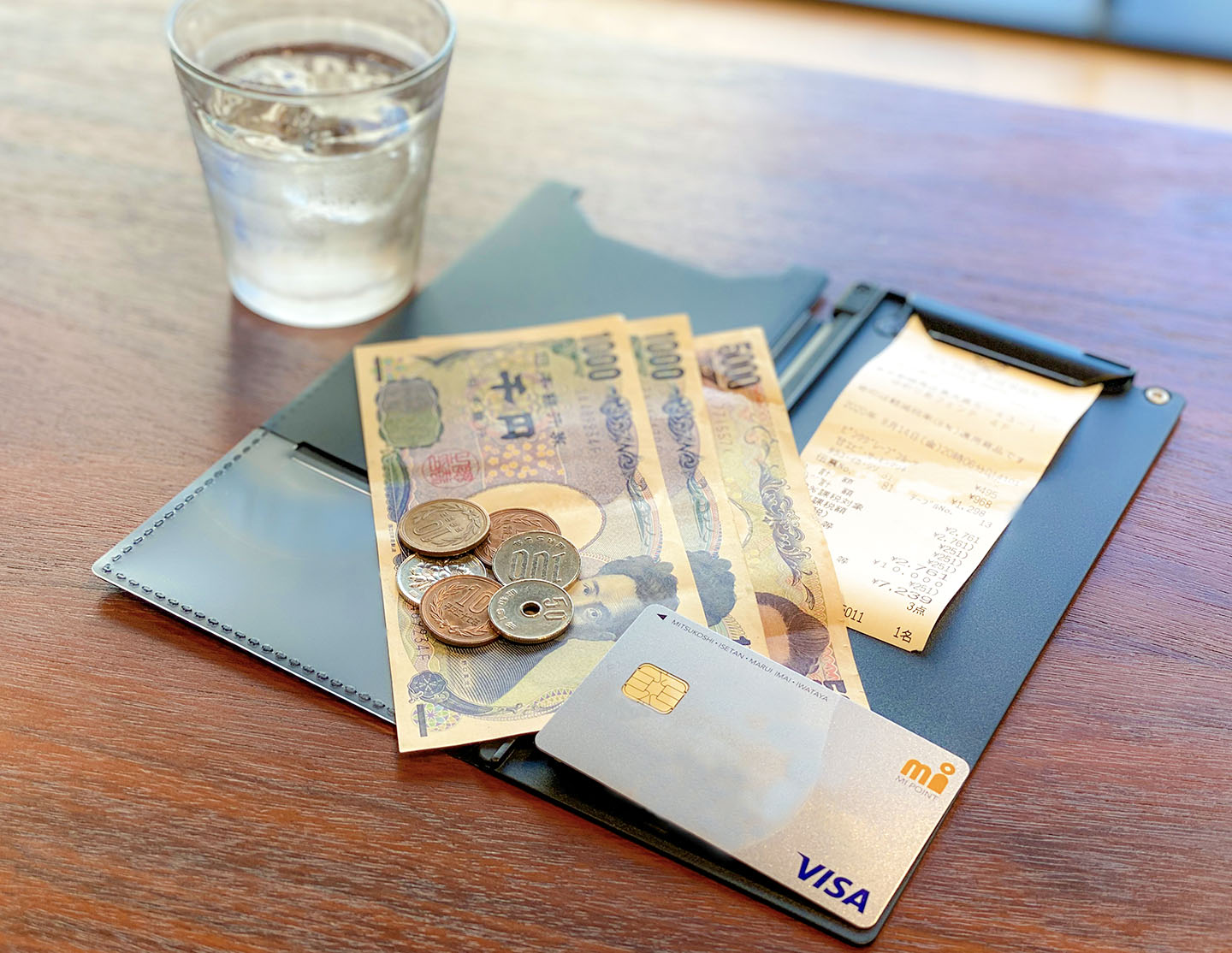
Japan's approach to money and service reflects cultural values around dignity and fair exchange.
Do:
- Use both hands when giving or receiving money
- Place money in the small tray provided rather than handing it directly
- Understand that good service is expected, not rewarded with tips
- Have exact change when possible
Don't:
- Tip at restaurants, hotels, or taxis
- Hand money directly to service staff
- Negotiate prices in most retail situations
- Count money in front of others
Personal Space and Physical Contact
Japanese culture maintains clear boundaries around personal space and physical contact.
Do:
- Maintain appropriate physical distance in conversations
- Avoid unnecessary physical contact
- Respect personal belongings and space
- Ask permission before taking photos of people
Don't:
- Hug or kiss as greetings
- Touch people during conversations
- Point directly at people
- Invade personal space in crowded areas
Conclusion
Japanese etiquette reflects centuries of cultural evolution emphasizing respect, consideration, and social harmony. These guidelines aren't rigid rules but expressions of deeper values that make Japanese society function smoothly. By understanding and respecting these customs, you're not just following protocols—you're participating in a cultural tradition that values human dignity and collective well-being.
The key is approaching these customs with genuine curiosity and respect rather than viewing them as obstacles to overcome. When in doubt, observe how others behave and follow their lead. Japanese etiquette ultimately serves to create a more harmonious and respectful society for everyone.